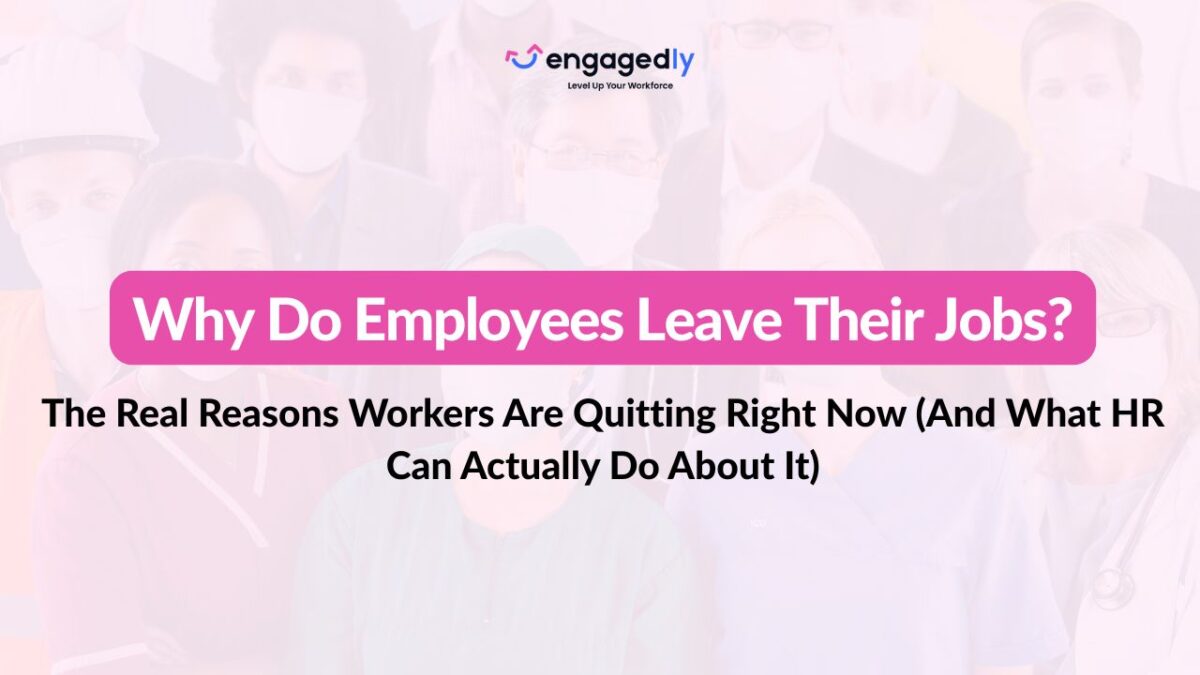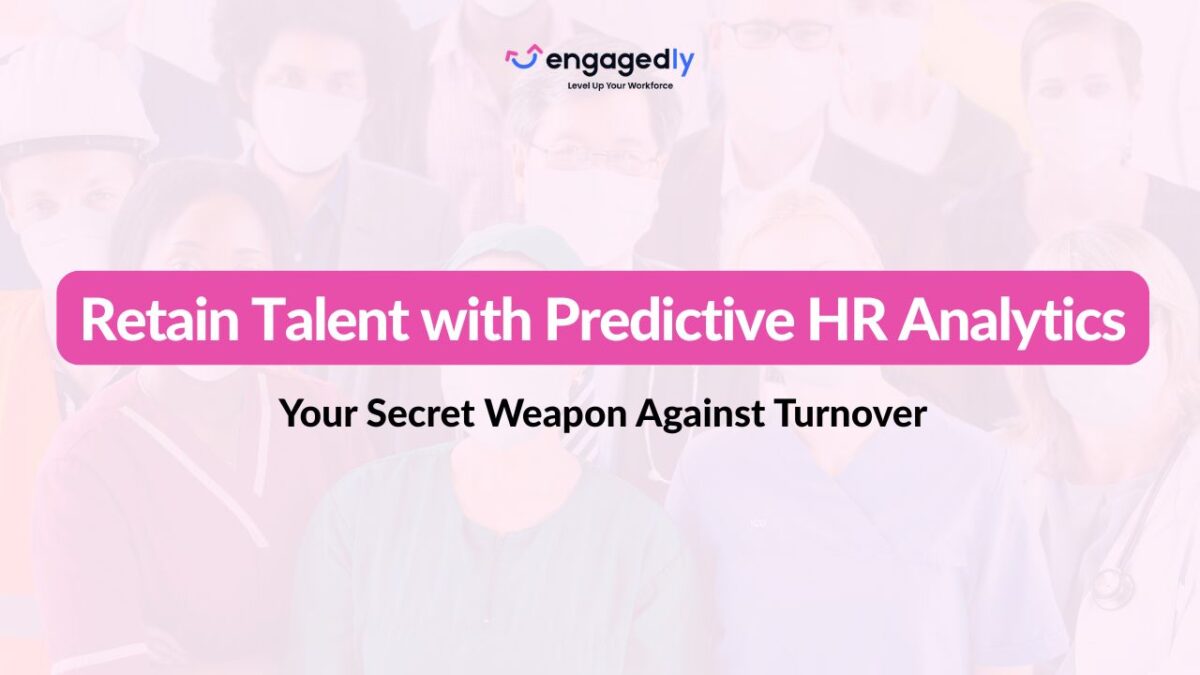What is one way you can use HR data analytics to improve decision-making?
To help you improve decision-making with HR analytics, we asked HR professionals and business owners this question for their best insights. From customized recruitment strategies to listening to employees, there are several ways your company can improve its decision-making and leverage valuable HR data.
Here are 13 ways to use HR data to improve decision-making:
- Customized Recruitment Strategies
- Connect With the Right Candidates
- Compensation and Benefits
- Streamline Payroll
- Improve Candidate Experience
- A/B Testing
- Measure and Improve Employee Engagement
- Diversify Hiring in a Meaningful Way
- Exit Interviews and Turnover Data
- Be Proactive Rather Than Reactive
- Improve Attrition and Retention
- Identify Antecedents to Concerns
- Listening to the Voices of Employees
Customized Recruitment Strategies
As clients’ hiring needs continue to evolve, we also evolve right along with them. By using data analytics, we have been able to develop and continuously improve our unique recruiting approach to fit each client’s needs and expectations. In HR and recruiting, you have to think outside the box. For clients with unique hiring scenarios, the ability to use data analytics tools to provide custom-tailored solutions is critical.
Jon Schneider, Recruiterie
Connect With the Right Candidates
Our recruiting team uses data analytics to recommend the top candidates. Our recommendations are accompanied by detailed notes on candidate interactions, interview highlights, and explanations for our decision. We also highlight further areas of exploration for our client’s internal interview process.
All this information is stored, maintained, and analyzed in our candidate relationship management platform (CRM) and cutting-edge candidate assessment tools. Using our CRM and other analytics tools, we are better able to connect with candidates that are culturally aligned with our clients based on our collaborative recruiting strategy.
Ryan Nouis, TruPath
Compensation and Benefits
In every stage of the employee experience, HR analytics can offer insights into business decisions. Data can present answers to critical questions your business may be facing. For example, you can use HR analytics to answer questions regarding pay equity by gender and ethnicity, whether you have your overtime expenses under control and what benefits are most popular or in-demand among your workforce.
Saskia Ketz, Mojomox
Streamline Payroll
With HR data analytics, one can gain a better view of the overall financial reality of the company. Oftentimes, payroll management can be a tricky thing to balance against the costs incurred through labor and/or production. Using the correct metrics, one can track financial information across departments or positions and make informed decisions on policy changes that result in greater return on investments on labor costs.
Kate Lipman, embrace Scar Therapy
Improve Candidate Experience
Data is a critical tool to provide insight into your interview experience. Whether you’re identifying significant drop-offs at different interview stages or gaining insight into whether bias has crept into a certain stage in the process, data is incredibly useful in crafting a world-class interview experience. So, be sure to structure your interviews and keep your data clean to get the most meaningful results.
Jim Leahy, DailyPay
A/B Testing
Often, there are competing ideas of what will improve performance, whether it’s a recruitment campaign to attract top talent or if a new onboarding program leads to longer retention. A/B Testing pits decisions against each other, often doing something versus business as usual, and is a way of validating a hunch or decision prior to a costly, enterprise-wide rollout. Backed by HR analytics, A/B testing can serve as a pillar of continuous improvement as opposed to the mindset of “if it’s not broken, then don’t fix it.”
Brett Wells, Perceptyx
Measure and Improve Employee Engagement
Our platform is data driven and provides valuable insights into the three major components of employee engagement; relationships, recognition, and company culture. By using the data gleaned from our platform, HR professionals can then make informed decisions on retention, team building, and the culture of appreciation, among other things. “You can’t improve what you don’t measure.” So whether you have a hybrid, remote, or on-site work environment, data from platforms like ours can make a huge difference in the HR decision-making process.
Ed Stevens, Preciate
Diversify Hiring in a Meaningful Way
While many companies have diversity goals, most have not established clear methods to track the metrics tied to these goals. Data can help to hire teams determine whether they’re taking the right steps to diversify their talent pools, or if they need to switch up their tools and processes to improve. To increase diversity in your talent pool, for instance, you first need to understand the makeup of inbound applicants for your open roles. If you see that you are under-indexing on resumes from female candidates for an engineering role, you can make adjustments to your sourcing strategy in order to bring more women into your pipeline. Using data to balance out your inbound and outbound recruiting strategies to optimize for diversity is key.
Andres Blank, Fetcher
Exit Interviews and Turnover Data
It’s said that employees don’t leave companies, they leave bad managers. You can use data from exit interviews and from turnover to look for problems that may exist at a departmental or local level.
You can examine the turnover data to see if there are specific locations or departments that have higher turnover than the rest of the company. This data can indicate which areas may have a problem that is causing that higher turnover.
Exit interview data can help you to discover exactly what that problem is and whether there’s a supervisor or manager that is in need of additional training and coaching.
Dave Rietsema, Matchr
Be Proactive Rather Than Reactive
One way to use HR data analytics to improve your decision-making is by forming a proactive, rather than reactive, approach. Often, we as people leaders can be too slow to intervene. For instance, we may not know that an employee is unsatisfied until they have already started looking for work elsewhere. Using data analytics, however, we can identify trends in employee behaviors, output, and satisfaction in order to take early interventions that allow us to remedy these types of issues before they become damaging.
Joe Coletta, 180 Engineering
Improve Attrition and Retention
We have a section on our website dedicated to trends and insights. As a healthcare recruiting firm, we always rely on data throughout our decision-making process. This is how we can connect and work with top healthcare employers and candidates. We use insights on industry trends to help our clients find the right talent at the right time and our candidates find the job of their dreams. By using the data to find the right match, we can significantly reduce retention issues that often arise.
Roman Olshansky, On Time Talent Solutions
Identify Antecedents to Concerns
We’ve all heard the saying “numbers do not lie” data reinforces this adage. Data improves decisions by removing biases and assumptions and leads to fair decision making. In addition, data can provide accuracy, as well real-time finger on pulse interpretation of current temperatures of an organization. It can prove answers to organizational problems and identify antecedents to concerns.
Nona Bishop, Brooklyn Laboratory Charter School
Listen to the Voices of Employees
I believe the best way to improve decision-making using HR data analytics is to find the many voices of a company’s employee population and base decisions around those voices. Gathering employee feedback through tools such as employee engagement surveys, new hire surveys, exit surveys, etc. can be a great jumping off point to change processes, policies, and culture. These tools provide results from both ends of the spectrum: content employees with little feedback, and employees who feel there could be a lot of change. It’s important to hear from both sides and everyone in between! Using employee feedback can alter decision making to be more employee centric rather than a potentially off-track best guess.
Tory Witt, Sandia National Laboratories
Learn how Engagedly can improve your decision making with effective analytics and data by requesting a demo with us!
Request A Demo
Author
Srikant Chellappa
CEO & Co-Founder of Engagedly
Srikant Chellappa is the Co-Founder and CEO at Engagedly and is a passionate entrepreneur and people leader. He is an author, producer/director of 6 feature films, a music album with his band Manchester Underground, and is the host of The People Strategy Leaders Podcast.






